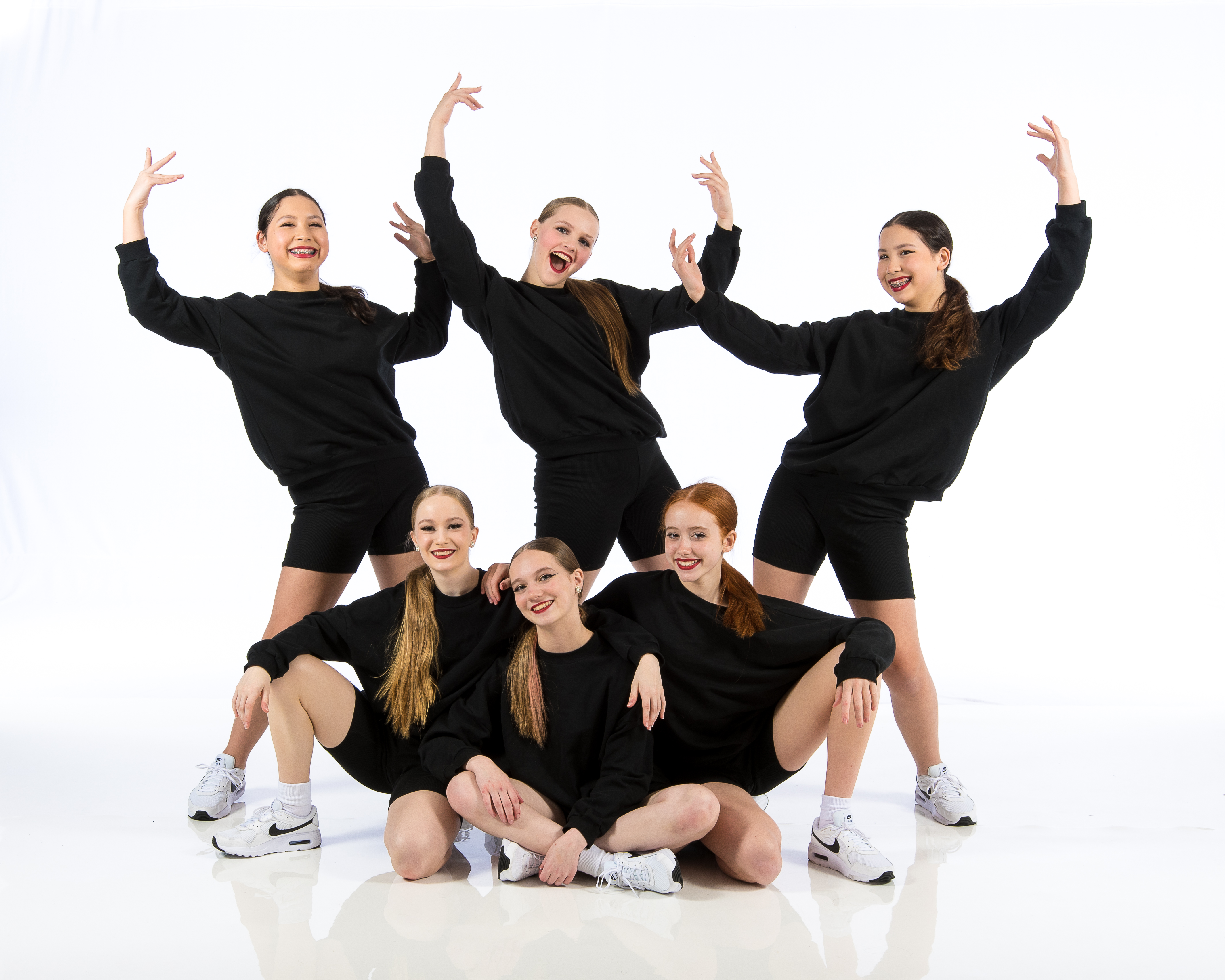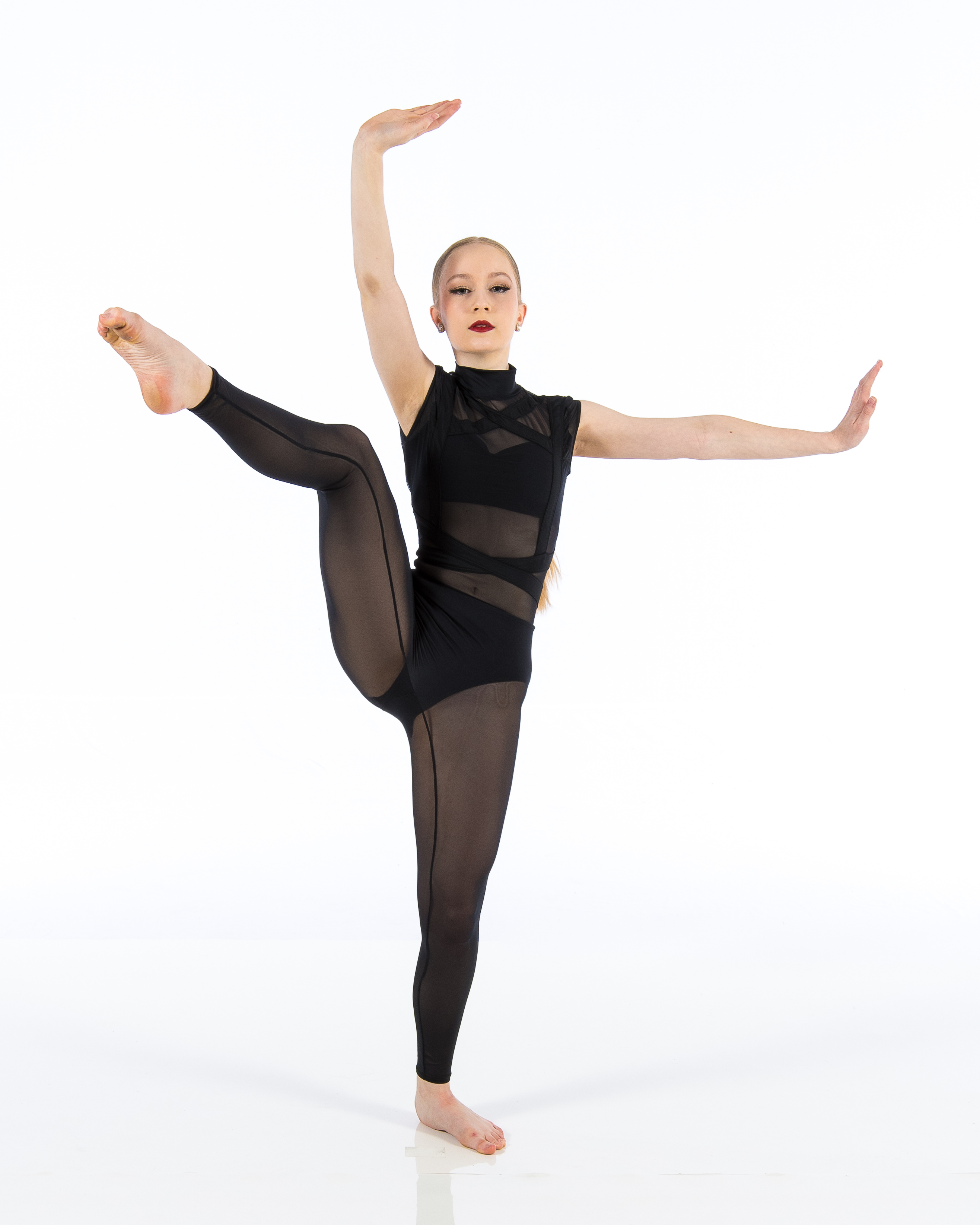Introduction
In the tapestry of human culture, dance stands out as a profound form of self-expression and communication. It transcends languages and cultural barriers, allowing individuals to convey emotions, tell stories, and connect with others on a deeply personal level. In this comprehensive article, we'll delve into the multifaceted nature of dance, exploring its significance in various contexts—from personal growth to social interactions. We'll also investigate how dance serves as an essential tool for communication in our increasingly diverse world.

Dance as a Form of Self-Expression and Communication
When we talk about dance, we're not just referring to movements set to music; we're discussing an intricate language that speaks volumes without uttering a word. Through dance, individuals can express their innermost feelings, whether joy, sorrow, anger, or love. Each movement can symbolize something profound—every pirouette or leap tells a story waiting to be heard.
The Emotional Language of Dance
Dance is often described as the "hidden language of the soul." But what does this mean? The emotional language inherent in dance allows performers to communicate feelings that may be hard to articulate verbally. Have you ever watched a dancer move with grace and power, only to feel an overwhelming sense of joy or melancholy? This emotional resonance is what makes dance such a compelling form of expression.
Joyful Celebrations: Dance often accompanies celebrations—weddings, birthdays, festivals—where happiness flows freely. The rhythm invites participants to join in and share their joy. Healing Through Movement: Many therapeutic practices incorporate dance to help individuals process grief or trauma. The act of moving can release pent-up emotions and foster healing. Cultural Identity: Different cultures have unique dance forms that reflect their traditions and values. By engaging in these dances, individuals express pride in their heritage.Dance Studios: A Hub for Expression
When we think about where people learn to express themselves through dance, most minds drift towards a dance studio. These spaces offer more than just floorboards and mirrors; they serve as sanctuaries for creativity and collaboration.
Creating Safe Spaces for Expression
In a quality dance studio, students are encouraged to explore their bodies' capabilities without the fear of judgment. Instructors often cultivate an environment where self-expression flourishes—fostering creativity through improvisation exercises or open choreography sessions.

Building Community Through Dance
Community is essential when it comes to self-expression in dance. Within the walls of a dance studio, friendships blossom over shared experiences and collective learning:
- Collaboration: Partners often create pieces together; this collaboration enhances communication skills both on and off the stage. Support Networks: Dancers cheer each other on during performances or competitions—creating bonds that extend beyond the studio.
The Role of Body Language in Dance
Have you ever considered how significant body language is in communication? In fact, studies suggest that nonverbal cues account for much of our understanding during interactions with others. This notion holds true for dance as well.
Understanding Gestures and Movements
In many styles dance studio of dance—ballet's precise lines or hip-hop's innovative grooves—the dancer’s body communicates emotions clearly:
- Fluidity vs Rigidity: Fluid movements might suggest gracefulness while sharp cuts can indicate tension. Facial Expressions: A smile can radiate joy; furrowed brows can express struggle—all without saying a word.
Dance Across Cultures: A Universal Language
While styles may vary from salsa in Latin America to Bharatanatyam in India, one thing remains constant: dance unites us all by conveying similar themes across different cultures.
Exploring Cultural Traditions through Dance
Each culture has developed specific dances that celebrate historical events or spiritual beliefs:
African Tribal Dances: Often performed during ceremonies celebrating life events like births or marriages. Traditional Irish Dance: Known for its intricate footwork and lively rhythms symbolizing community spirit. Bharatanatyam: A classical Indian form that combines story-telling with elaborate gestures known as mudras.
Dance Therapy: Healing Through Movement
There's no denying that dancing can have therapeutic benefits! For many individuals facing mental health challenges or recovering from trauma, engaging with movement becomes a crucial part of their healing journey.
How Dance Therapy Works
Dance therapy harnesses the emotional power behind movement:
- Participants engage fully with music and physical expression. They explore feelings rooted deep within while learning coping strategies through creative movement.
FAQs About Dance as Self-Expression
1. What types of dances best express emotion?
Various styles like contemporary ballet or jazz are notable for their ability to convey deep emotions due to their expressive movement vocabulary.
2. Can anyone learn to express themselves through dance?
Absolutely! Anyone willing to explore their body’s potential can learn self-expression through various forms offered at local studios.

3. How does cultural background influence one's style of dancing?
A dancer’s cultural background profoundly impacts how they interpret rhythm, movement quality, and even choice of music!
4. Is there any research backing up the benefits of dancing?
Yes! Numerous studies indicate improved mental health outcomes among those who regularly engage in dancing activities due primarily because it encourages social interaction!
5. What should I look for when choosing a dance studio?
Look for qualified instructors who promote creativity alongside technical training while fostering an inclusive environment!
6. Can I use dance as an outlet if I’m shy?
Indeed! Many people find solace within themselves when expressing feelings via movement rather than words—a wonderful outlet regardless of shyness!
Conclusion
To sum it all up neatly (like a perfectly executed pirouette), "Dance as a Form of Self-Expression and Communication" transcends mere entertainment—it serves as an essential tool connecting our innermost selves with those around us! Whether it's learning new moves at your local dance studio or embracing the rhythm ingrained within your culture’s heritage—remember: every step tells your story! So don’t hesitate; let loose those inhibitions because everyone deserves space where they feel free enough just being themselves!